Here at Union Wine Company, we believe that good wine should be accessible. A while back we came up with an idea to put our wine in cans. Now, six years later, the canned wine industry is taking wine to places it has never been (literally).
We want to give you a behind the scenes peek into our packaging facility so you can see the process that goes into bringing our cans—and bottles—into your hands.
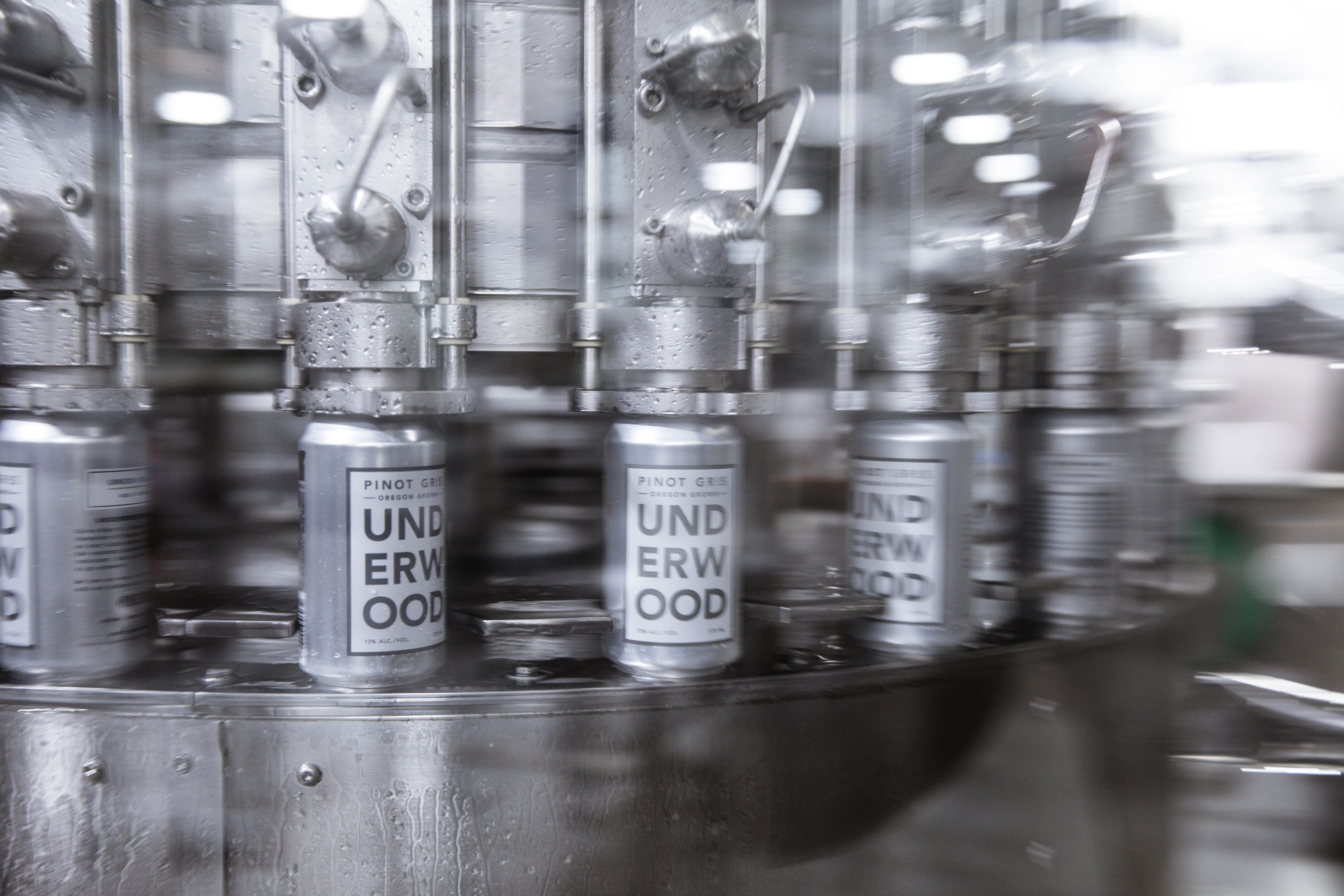
Our packaging facility which opened in 2018 is the largest canning and bottling facility in Oregon. When running at full speed, it can go head-to-head with a Coca-Cola bottling plant. The 115, which is what we call it because its’ address is on 115th Ave. in Tualatin, is capable of holding up to 40,000 gallons of wine at one time, and we can produce 4,300 cases of canned wine in a day.
Simply put, that’s a lot of wine.
This has been a huge upgrade from our early days as a company when we had to rent a mobile bottling truck for each round of production. As the demand for our wines increased, opening a packaging facility was a necessity. We have a total of nine full-time employees who are experts in the field and run our packaging plant year-round.
The packaging process.
Packaging begins when bulk pallets of empty wine bottles and recycled cans arrive at our facility.
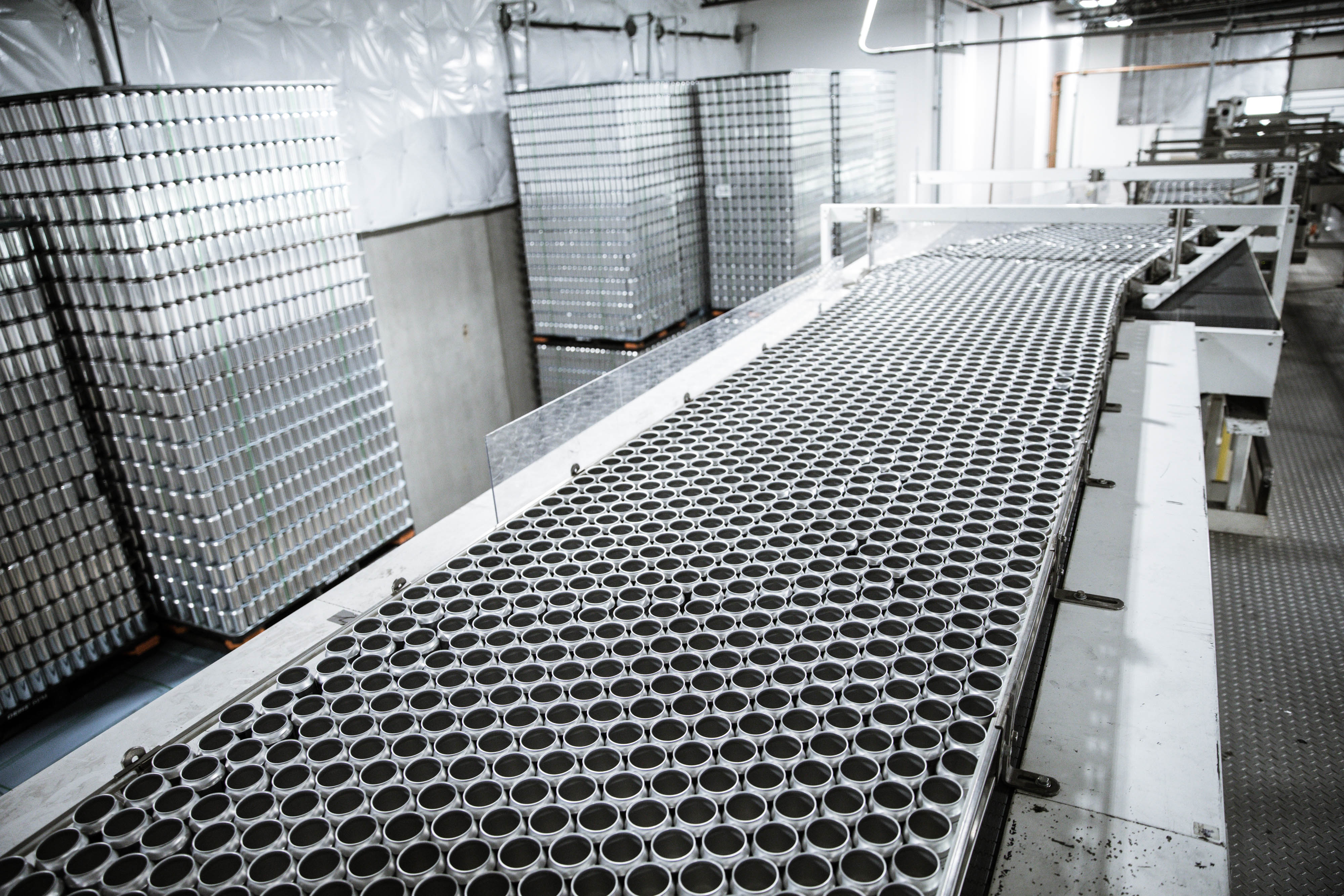
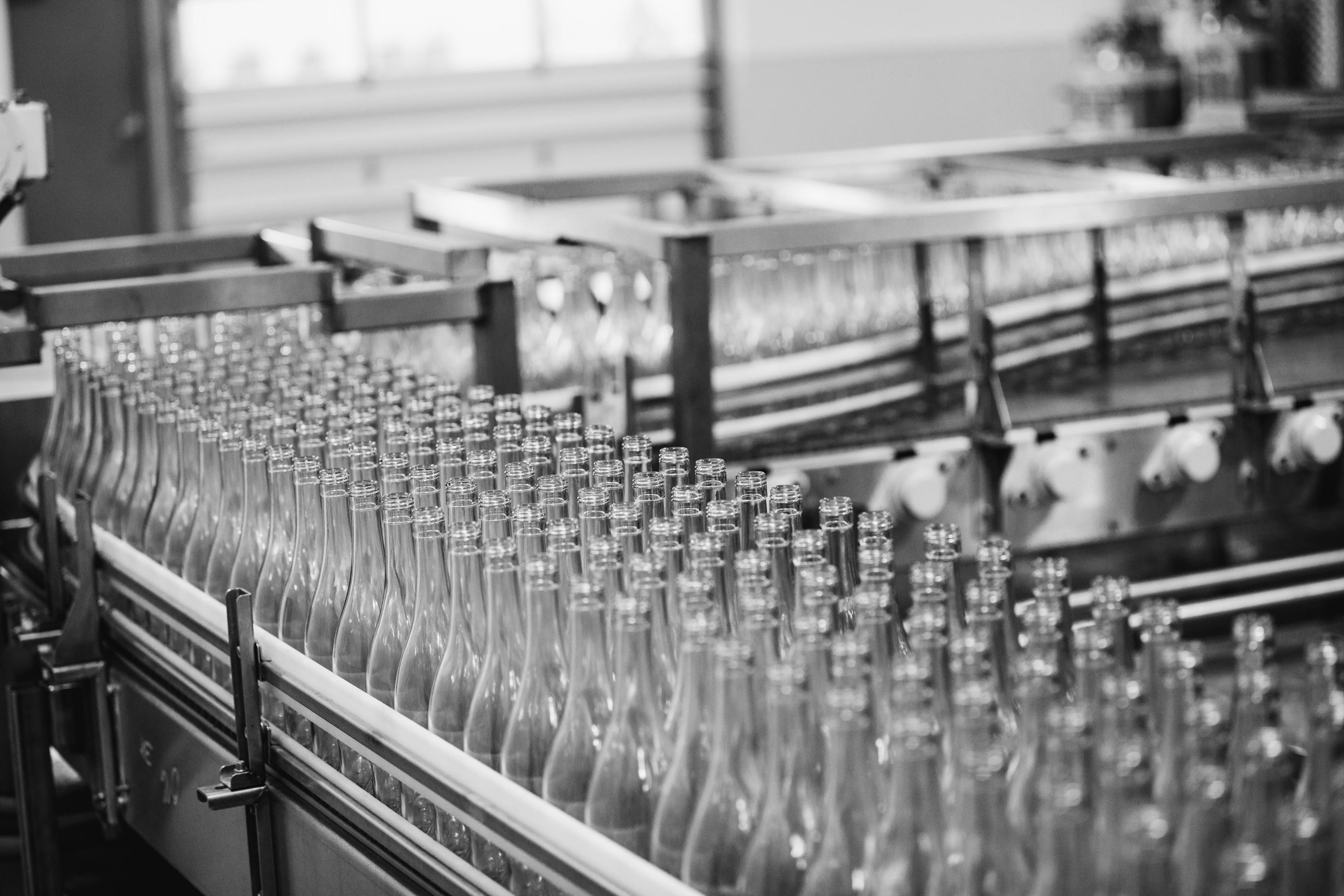
Fun Fact: One of the greatest pros of using cans over bottles is that each can is made out of 70% recycled materials.
Cans and bottles are then moved by our staff onto a feeder where they will be rinsed, cleaned from the inside out, and marked with a tracking code.
Bottles are then sparged—or flushed out—with inert gas (Nitrogen) and cans are purged with compressed air after passing an ionizer, allowing any particulate to be blown out.
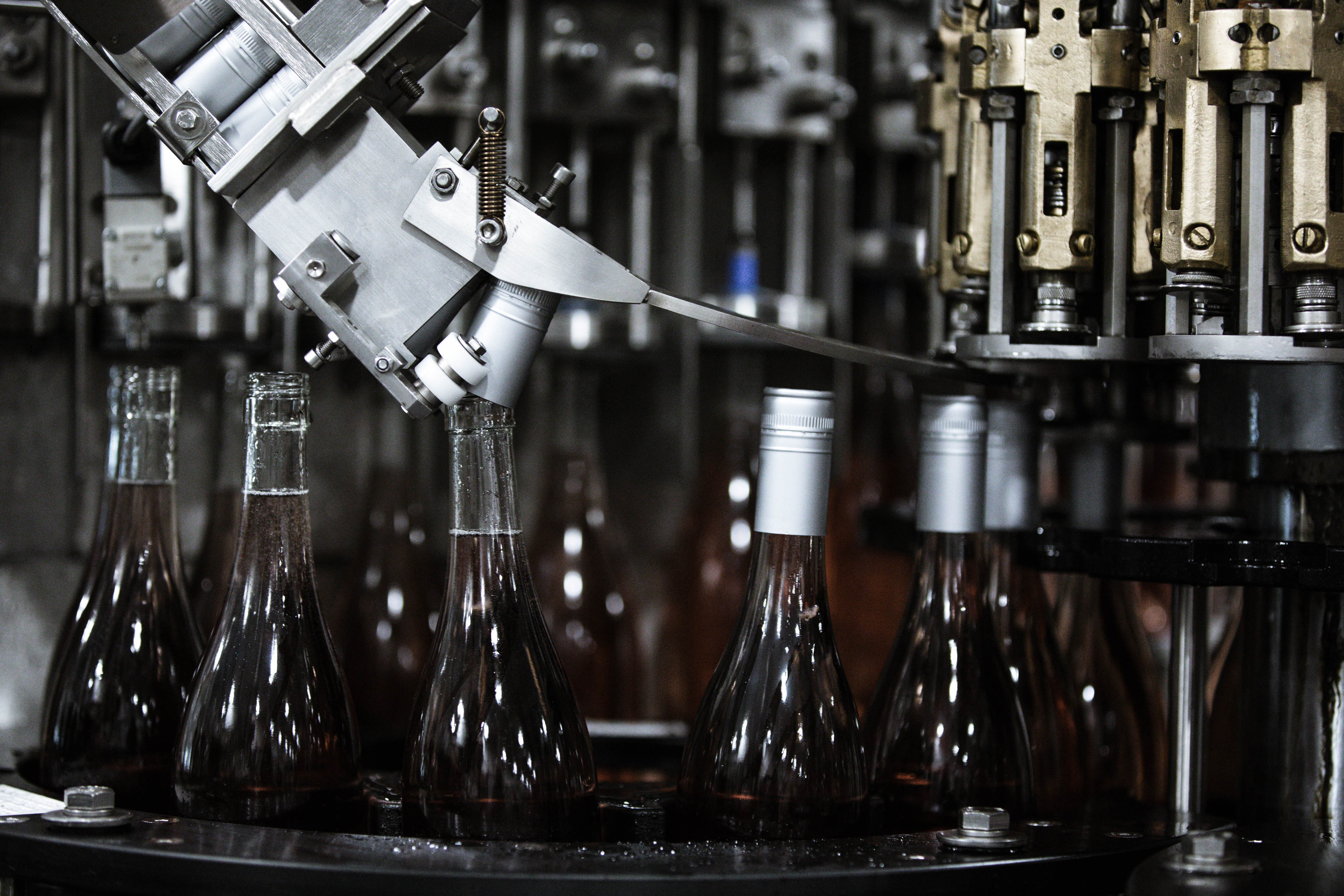
After being thoroughly cleaned, the can or bottle makes its way to the filler where it gets filled with the proper vintage of wine. The ends of cans are then sealed shut and screw caps are applied to the bottles. Before the cans of still wine (non-bubbles) are sealed, a drop of nitrogen is added at the top to prevent the wine from oxidizing.
Our can filler is capable of filling 200 cans per minute, and the bottle filler is able to fill 100 bottles per minute.
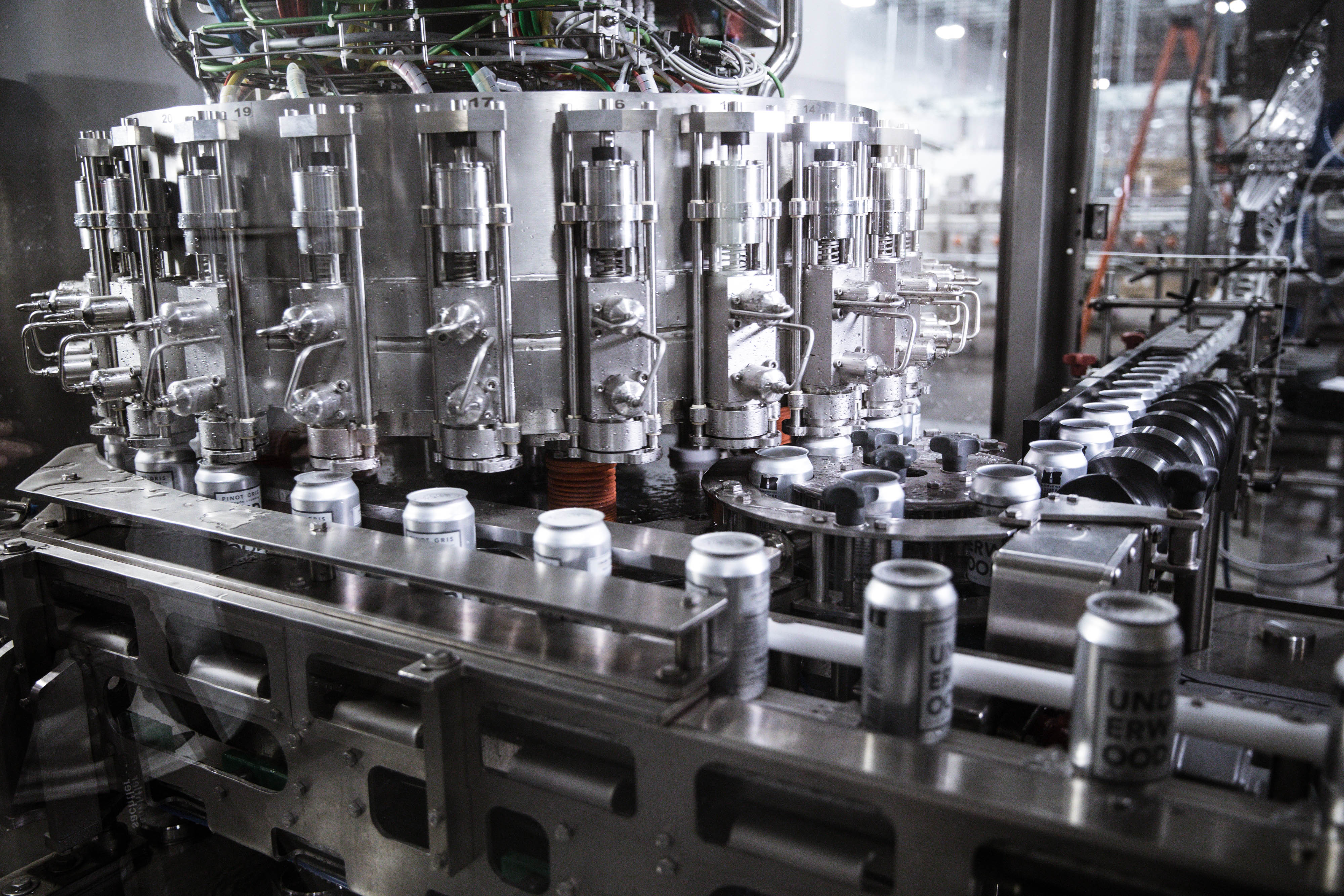
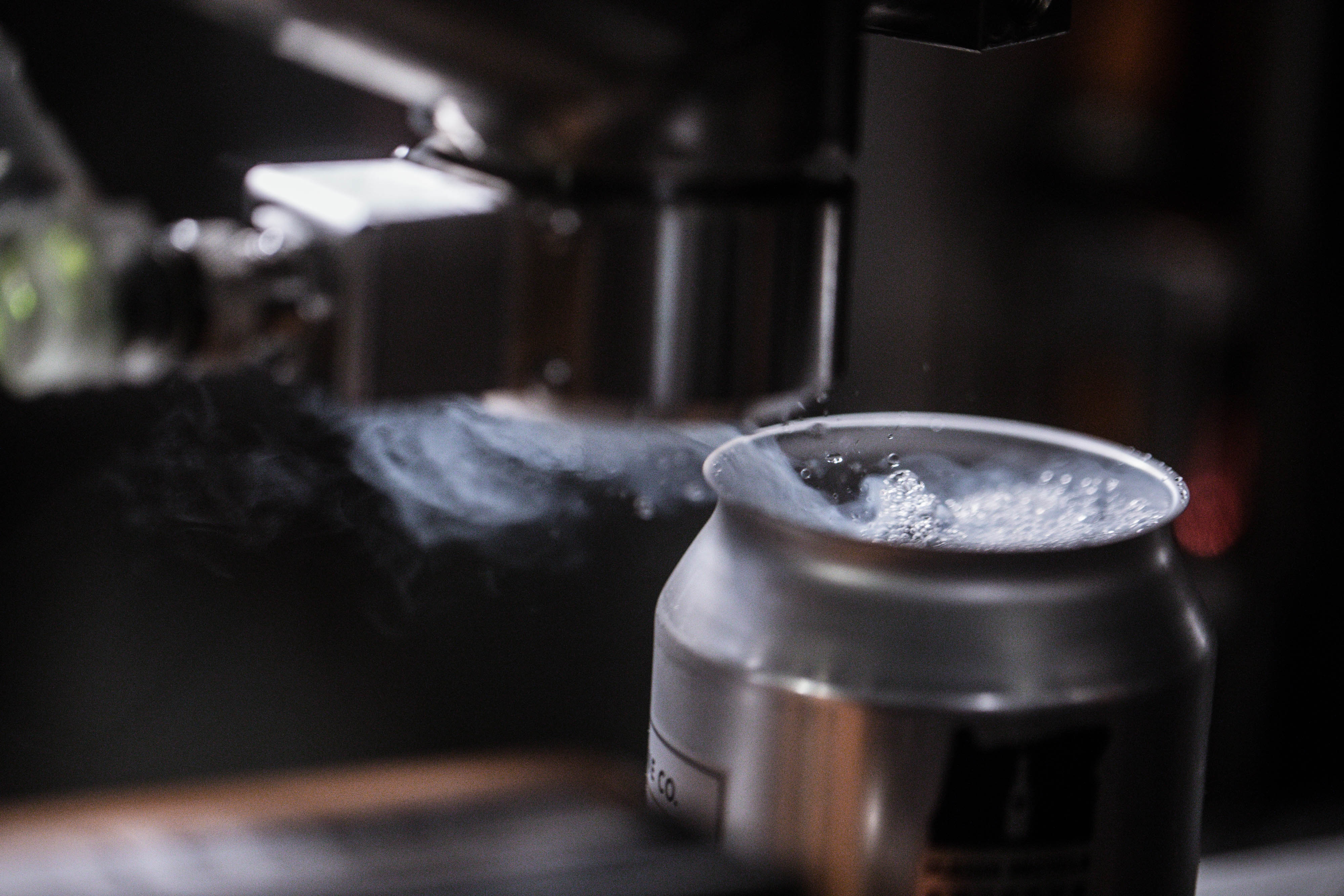
Fun Fact: The Vintage of each wine is printed on the bottom of every can.
After being filled and sealed, the product goes through another rinsing tunnel to get cleaned off. The cans are then put into 12-pack cases, and the bottles go to a drop-packer for cases of 12 as well.
The same wine goes into the cans as we put into bottles.
Still with me? While this entire process may sound complicated, it takes only half an hour from start to finish.
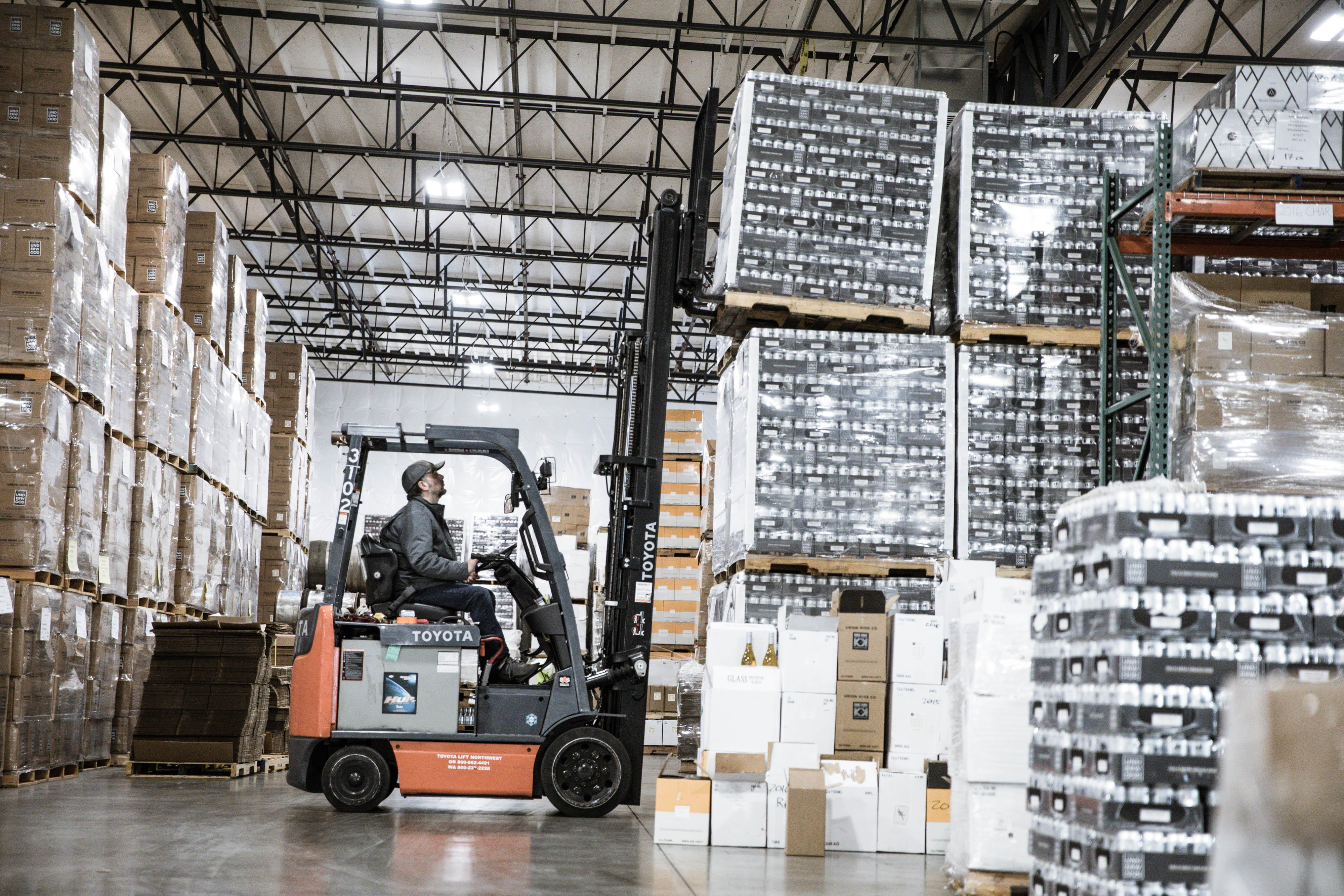
Cans have a lower environmental impact than bottles.
As a company, we have always been committed to the health of our planet and making sustainable choices for our future. Whether it is through our winemaking practices, or through promoting recyclable products, we always think about how we are impacting the environment.
Why are cans more eco-friendly than bottles?
While both cans and bottles are recyclable, bottles leave the larger carbon footprint of the two.
The transportation of bottled wine creates 20% more greenhouse gases than transporting the same amount of canned wine. This is because bottles require more cardboard to package and take up more space in trucks. Aluminum cans are simply easier to package and ship and the environment benefits from this choice.
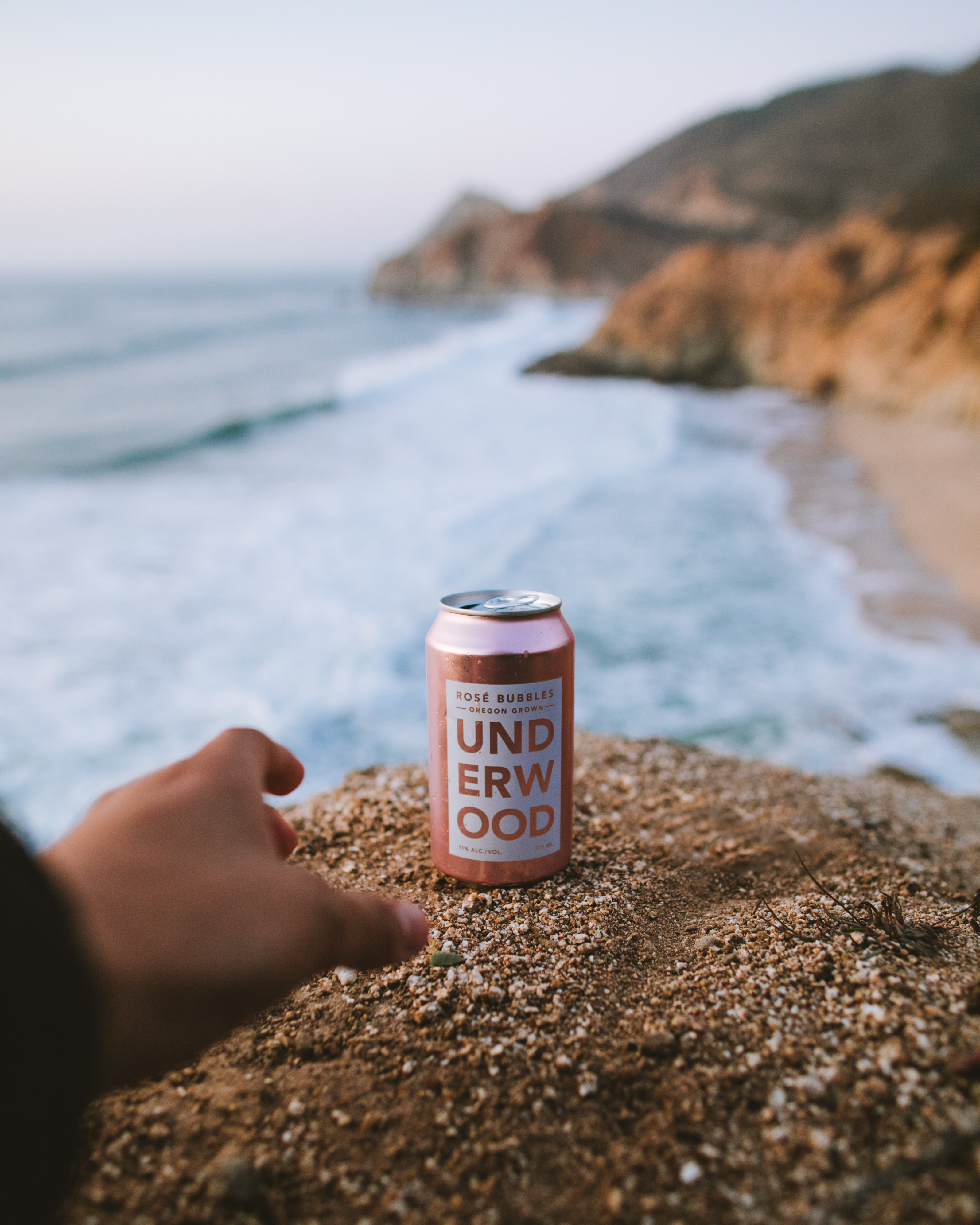
From production to hands, and back again
Another benefit of aluminum cans is that they are 100% recyclable and the process of getting them back into production is faster than you might expect. From the time you toss a can into a recycling bin, it takes only 60 days for it to be fully reused and back on supermarket shelves.
We love our wine, but we love the global community we live in too, and we hope with our new packaging facility we can continue to move towards a greener future.